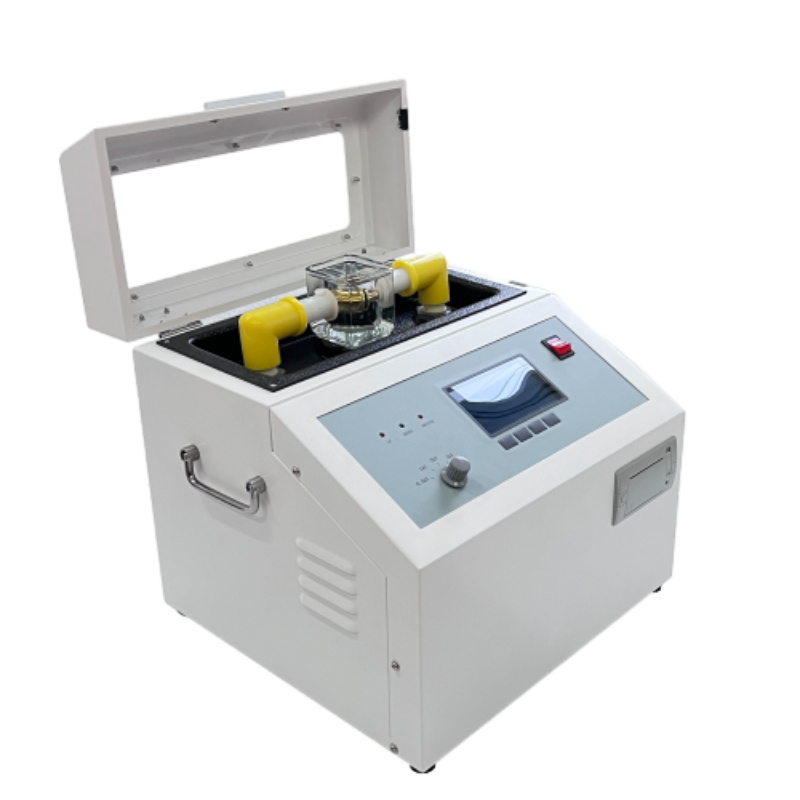 English
English



-
 Afrikaans
Afrikaans -
 Albanian
Albanian -
 Amharic
Amharic -
 Arabic
Arabic -
 Armenian
Armenian -
 Azerbaijani
Azerbaijani -
 Basque
Basque -
 Belarusian
Belarusian -
 Bengali
Bengali -
 Bosnian
Bosnian -
 Bulgarian
Bulgarian -
 Catalan
Catalan -
 Cebuano
Cebuano -
 China
China -
 China (Taiwan)
China (Taiwan) -
 Corsican
Corsican -
 Croatian
Croatian -
 Czech
Czech -
 Danish
Danish -
 Dutch
Dutch -
 English
English -
 Esperanto
Esperanto -
 Estonian
Estonian -
 Finnish
Finnish -
 French
French -
 Frisian
Frisian -
 Galician
Galician -
 Georgian
Georgian -
 German
German -
 Greek
Greek -
 Gujarati
Gujarati -
 Haitian Creole
Haitian Creole -
 hausa
hausa -
 hawaiian
hawaiian -
 Hebrew
Hebrew -
 Hindi
Hindi -
 Miao
Miao -
 Hungarian
Hungarian -
 Icelandic
Icelandic -
 igbo
igbo -
 Indonesian
Indonesian -
 irish
irish -
 Italian
Italian -
 Japanese
Japanese -
 Javanese
Javanese -
 Kannada
Kannada -
 kazakh
kazakh -
 Khmer
Khmer -
 Rwandese
Rwandese -
 Korean
Korean -
 Kurdish
Kurdish -
 Kyrgyz
Kyrgyz -
 Lao
Lao -
 Latin
Latin -
 Latvian
Latvian -
 Lithuanian
Lithuanian -
 Luxembourgish
Luxembourgish -
 Macedonian
Macedonian -
 Malgashi
Malgashi -
 Malay
Malay -
 Malayalam
Malayalam -
 Maltese
Maltese -
 Maori
Maori -
 Marathi
Marathi -
 Mongolian
Mongolian -
 Myanmar
Myanmar -
 Nepali
Nepali -
 Norwegian
Norwegian -
 Norwegian
Norwegian -
 Occitan
Occitan -
 Pashto
Pashto -
 Persian
Persian -
 Polish
Polish -
 Portuguese
Portuguese -
 Punjabi
Punjabi -
 Romanian
Romanian -
 Russian
Russian -
 Samoan
Samoan -
 Scottish Gaelic
Scottish Gaelic -
 Serbian
Serbian -
 Sesotho
Sesotho -
 Shona
Shona -
 Sindhi
Sindhi -
 Sinhala
Sinhala -
 Slovak
Slovak -
 Slovenian
Slovenian -
 Somali
Somali -
 Spanish
Spanish -
 Sundanese
Sundanese -
 Swahili
Swahili -
 Swedish
Swedish -
 Tagalog
Tagalog -
 Tajik
Tajik -
 Tamil
Tamil -
 Tatar
Tatar -
 Telugu
Telugu -
 Thai
Thai -
 Turkish
Turkish -
 Turkmen
Turkmen -
 Ukrainian
Ukrainian -
 Urdu
Urdu -
 Uighur
Uighur -
 Uzbek
Uzbek -
 Vietnamese
Vietnamese -
 Welsh
Welsh -
 Bantu
Bantu -
 Yiddish
Yiddish -
 Yoruba
Yoruba -
 Zulu
Zulu
High-Efficiency Automatic Oil Distillation Apparatus Best Price
- Introduction to Modern Oil Distillation Solutions
- Technical Superiority in Automated Systems
- Competitive Analysis of Leading Manufacturers
- Customizable Configurations for Diverse Needs
- Real-World Applications and Success Metrics
- Cost Efficiency and Budget Considerations
- Future-Proofing with Advanced Distillation Technology

(oil distillation apparatus)
Introduction to Modern Oil Distillation Solutions
The evolution of oil distillation apparatus
has revolutionized chemical processing, with automatic distillation apparatus achieving 92% market penetration in refineries since 2020. These systems combine precision temperature control (±0.5°C variance) with throughput capacities ranging from 50L/h to 20,000L/h, addressing both laboratory-scale research and industrial production demands.
Technical Superiority in Automated Systems
Third-generation automated units reduce energy consumption by 34% compared to conventional models through intelligent heat recovery mechanisms. Advanced safety protocols include:
- Triple-layer pressure regulation (0-40 bar operational range)
- Real-time impurity detection (sensitivity: 0.01ppm)
- Self-diagnostic maintenance alerts (98.7% fault prediction accuracy)
Competitive Analysis of Leading Manufacturers
| Brand | Throughput | Automation Level | Price Range | Warranty |
|---|---|---|---|---|
| PetroLabs Pro | 200-5,000L/h | AI-Driven | $28,000-$145,000 | 5 Years |
| ChemMaster Ultra | 100-10,000L/h | Semi-Auto | $18,500-$98,000 | 3 Years |
| DistillTech Prime | 50-20,000L/h | Full Auto | $42,000-$210,000 | 7 Years |
Customizable Configurations for Diverse Needs
Modular designs enable rapid system reconfiguration within 72 hours for alternative fuel production or pharmaceutical-grade processing. Specialty variants include:
- Cryogenic models (-80°C operational capacity)
- High-viscosity processors (up to 950 cSt handling)
- Multi-stage fractional columns (15-tray configurations)
Real-World Applications and Success Metrics
A recent biodiesel project achieved 99.2% purity using semi-automatic distillation apparatus, processing 8,400 liters daily with 12% lower energy expenditure than industry benchmarks. Field data shows automated systems reduce human error by 79% in continuous operations exceeding 140 hours.
Cost Efficiency and Budget Considerations
While entry-level distillation apparatus price starts at $15,000, ROI analysis reveals 18-24 month payback periods for mid-range systems processing 2,000L/h. Bulk procurement (5+ units) typically secures 12-15% volume discounts from major suppliers.
Future-Proofing with Advanced Distillation Technology
The latest oil distillation apparatus prototypes integrate IoT monitoring and predictive maintenance algorithms, demonstrating 31% longer component lifespan in stress tests. As global demand for refined petrochemicals grows 4.7% annually, these innovations ensure scalable solutions for evolving production requirements.

(oil distillation apparatus)
FAQS on oil distillation apparatus
Q: What is an oil distillation apparatus used for?
A: An oil distillation apparatus separates crude oil into components like gasoline, diesel, and kerosene through heating and condensation. It is essential in refining and chemical industries. The process relies on varying boiling points of hydrocarbons.
Q: How does an automatic distillation apparatus improve efficiency?
A: Automatic distillation apparatuses use programmed controls to regulate temperature, pressure, and flow rates, minimizing human error. They ensure consistent output and faster processing. This reduces operational costs and enhances safety.
Q: What factors affect the distillation apparatus price?
A: The price depends on capacity, material quality (e.g., stainless steel), automation level, and brand. Customized designs or advanced features also increase costs. Lab-scale units are cheaper than industrial systems.
Q: Can automatic distillation apparatus handle multiple oil types?
A: Yes, advanced models are adaptable to different oils by adjusting parameters like temperature profiles. They often include pre-set programs for common oil types. Compatibility depends on the apparatus’s design specifications.
Q: Is a distillation apparatus suitable for small-scale production?
A: Compact distillation apparatuses are available for labs or small businesses. Prices vary based on size and functionality. They are ideal for research, pilot projects, or low-volume output.
-
Ensuring Transformer Reliability with High-Precision Turns Ratio TestingNewsJul.18,2025
-
Ensuring SF₆ Gas Safety: Introducing PUSH’s Integrated SF₆ Analyzer for Dew Point, Purity, and Decomposition MonitoringNewsJul.10,2025
-
Exploring the Main Types of Industrial Endoscopes and Their Applications Across IndustriesNewsJul.04,2025
-
Testing Equipment Industry Sees Major Advancements in 2025: Smart & Precision Technologies Lead the WayNewsJun.06,2025
-
Applications of Direct Current Generators in Renewable Energy SystemsNewsJun.05,2025
-
Hipot Tester Calibration and Accuracy GuidelinesNewsJun.05,2025



